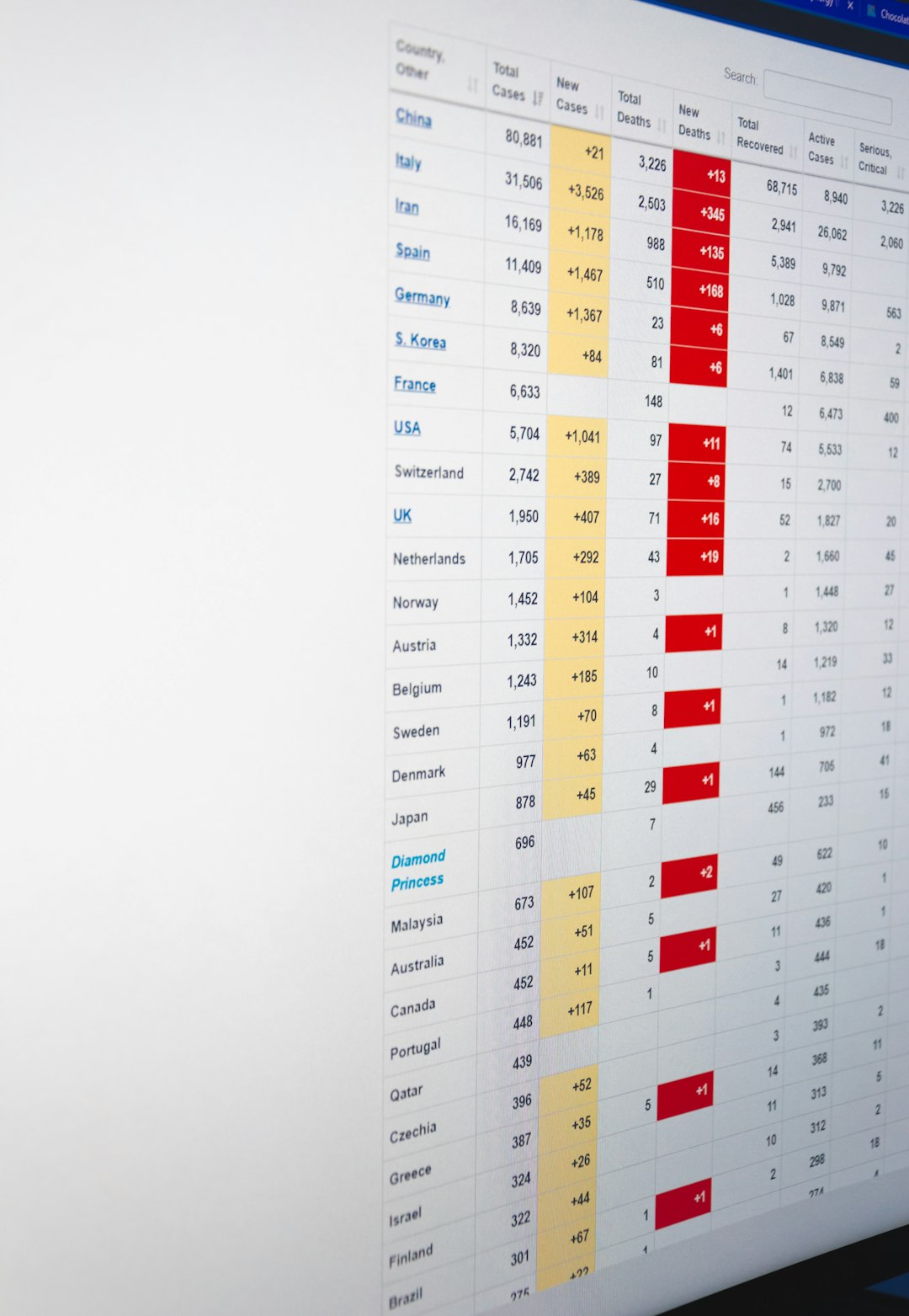With organizations increasingly focused on making data-driven choices, Business Intelligence (BI) tools have become indispensable assets for decision-makers. Yet, while BI platforms abound, selecting the best BI tools that are optimized for macOS devices entails careful consideration of compatibility, performance, and functionality. Mac users often face unique challenges, such as limited native support from some legacy applications. A tailored approach is required to find the ideal tool that balances ease of use with powerful analytical features.
Understanding BI Tools and Their Importance
Business Intelligence tools are software applications designed to retrieve, analyze, and present data to help users make informed business decisions. They consolidate information from multiple sources into dashboards, charts, reports, and key metrics that offer real-time insights into operational and strategic performance.
The right BI tool can:
- Enhance productivity through automation and real-time reporting
- Uncover trends and patterns to drive innovation
- Facilitate collaboration across cross-functional teams
- Enable predictive modeling and forecasting
When working on a Mac, it’s essential to ensure the selected BI tool runs smoothly on macOS or is optimized for web-based delivery.
Key Factors to Consider When Choosing BI Tools for Mac
To ensure seamless experience and functionality on macOS, businesses and professionals should evaluate the following aspects:
1. Native macOS Compatibility
Not all BI tools are created equal when it comes to macOS. Some require third-party software or workarounds to run on Apple computers. Tools that offer optimized desktop versions or efficient browser-based performance are preferable for Mac users.
2. User Interface and Usability
Mac users are accustomed to intuitive and aesthetically pleasing interfaces. BI tools with clean dashboards, drag-and-drop capabilities, and customizable layouts align better with the user experience expected on Apple devices.
3. Integration Capabilities
The best BI platforms must integrate seamlessly with databases, cloud storage systems, CRM tools, and ERP platforms. This includes compatibility with macOS-based apps such as Numbers, Apple Cloud services, and third-party web apps used in the macOS ecosystem.
4. Cloud vs. On-Premise Deployment
Most Mac-friendly BI tools are cloud-based, eliminating the need for complex installations. Cloud-based solutions also provide high accessibility, allowing users to access reports and dashboards from anywhere via Safari or Chrome on Mac.

5. Collaboration Features
Today’s remote and hybrid teams require BI tools with strong collaboration functionalities. These include real-time commenting, permissions management, report sharing, and team notifications—all accessible through the macOS interface or integrated into apps like Slack or Teams used on Macs.
6. Cost and Licensing Flexibility
Mac-compatible BI tools come with various pricing models—subscription-based, usage-based, or one-time licenses. It’s crucial to balances cost with feature sets, especially if purchasing for teams with multiple Apple users.
Top BI Tools Compatible with macOS
Here is a look at some of the best BI tools that work well on Macs:
- Tableau: Offers a macOS-native version with rich visual analytics, an intuitive drag-and-drop interface, and powerful data handling capabilities. Ideal for both beginners and data experts.
- Microsoft Power BI (via web): Although native support is limited for macOS, the web-based version works well on browsers like Safari and Chrome, offering real-time reports and dashboard features.
- Looker (Google Cloud): A fully web-based BI solution that integrates cleanly with big data and cloud platforms. Offers seamless experience on Mac browsers and supports embedded analytics.
- Domo: Cloud-first, scalable BI for business users. Comes with robust mobile and desktop browser capabilities that work efficiently on Mac systems.
- Qlik Sense: Provides advanced data exploration and AI-driven insights with well-structured Mac web access.
- Zoho Analytics: Affordable and user-friendly BI with native Safari support and Mac-friendly UI.
Benefits of Using BI Tools Optimized for Mac
Using tools that align with the macOS software ecosystem confers several advantages:
- Better performance: Tools designed for Mac or browser-based applications are typically more responsive and crash-resistant.
- Enhanced security: macOS has built-in security protocols, and properly optimized tools make full use of these features.
- Consistent user experience: Interfaces that align with macOS design help users transition naturally and require less onboarding.

Steps to Choose the Best BI Tool for Mac
Choosing the right tool involves a bit of research and hands-on experimentation. Follow these steps:
- Define objectives: Determine what you want to achieve using BI—reporting, predictive analysis, real-time dashboards?
- Assess existing infrastructure: Look at databases, cloud systems, and other technologies in use to ensure compatibility.
- Trial top candidates: Use free trials or demo versions to evaluate performance and ease-of-use on macOS.
- Consult with users: Gather feedback from team members who will be using the tool regularly.
- Measure ROI: Estimate how the tool improves performance, saves time, or aids business outcomes.
Challenges Mac Users May Face with BI Tools
Despite the array of options available, Mac users may encounter these hurdles:
- Limited desktop versions: Some major BI tools still don’t offer a native macOS client.
- Browser incompatibility: Not all features work equally across Safari, Firefox, or Chrome on Mac.
- Integration gaps: Apple’s proprietary applications (Numbers, iCloud) may not always integrate as smoothly as Microsoft or Linux-based tools.
Fortunately, as demand grows, many BI vendors are improving cross-platform compatibility and offering more robust browser versions that work just as well on Macs as on Windows machines.
Final Thoughts
Choosing the best BI tool for a Mac isn’t just about checking compatibility—it’s about ensuring that the tool enhances the way teams can use data for strategic and operational excellence. BI tools that offer intuitive design, cloud deployment, strong analytics, and seamless integration with macOS applications can significantly empower data-driven decision-making.

As BI continues to evolve to meet the needs of modern organizations, Mac users too have a variety of robust and capable options. Defining clear objectives, understanding unique platform needs, and prioritizing user-friendly experiences will help companies and professionals leverage BI tools effectively and efficiently.
Frequently Asked Questions (FAQ)
-
Q: Can I use Microsoft Power BI on a Mac?
A: While there’s no native macOS version of Power BI Desktop, the web version works well on browsers like Chrome and Safari, offering most functionalities. -
Q: Are there any BI tools specifically designed for macOS?
A: Yes. Tableau, Zoho Analytics, and several cloud-based platforms offer macOS-friendly interfaces or native apps. -
Q: Do I need special hardware to run BI tools on my Mac?
A: Most BI tools, especially cloud-based ones, run smoothly on any modern Mac. Make sure you have updated RAM and browser versions for optimal performance. -
Q: Are cloud-based BI tools better for Mac users?
A: Generally, yes. Cloud-based tools eliminate the need for installations and offer robust performance across platforms. -
Q: How important is integration with third-party apps?
A: Crucial. Look for BI tools that support third-party CRM, marketing, and accounting apps commonly used on Mac.

